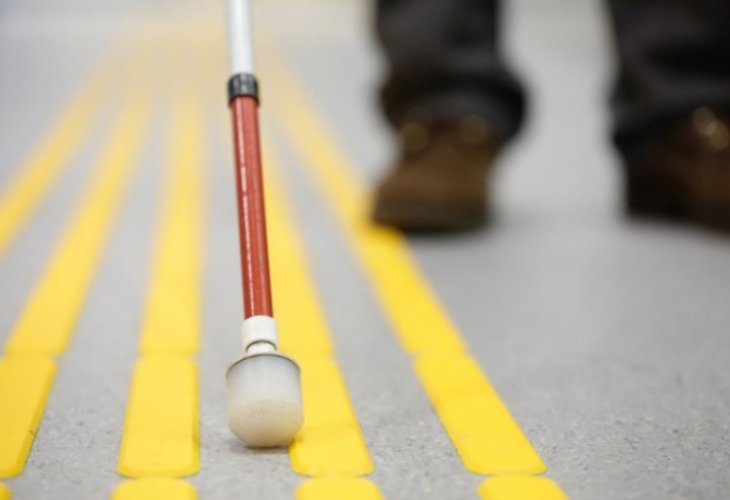Facts in Judaism
Hebron: Sacred Legacy and Resilient Return
The History of One of Judaism’s Holiest Cities and Its Enduring Jewish Presence
- Yaakov Revivo
- |Updated

The ancient city of Hebron, also known as the City of the Patriarchs, is one of the four holy cities of Israel, alongside Jerusalem, Tiberias, and Safed. Its name and sanctity stem from its connection to the patriarchs and matriarchs of the Jewish people, who are buried in the Cave of Machpelah, a burial site purchased by Abraham from Ephron the Hittite. Since then, Hebron has remained central to Jewish memory and spiritual life, even through exile, devastation, and renewal.
From Biblical Capital to Ottoman-Era Center
In biblical times, Hebron was one of the largest cities in the region and even served as the first capital of King David’s kingdom during the early years of his reign. After the destruction of the First Temple, most of Hebron’s Jewish population was exiled, and the Edomites settled the area. In fact, the region was even renamed Idumea during that period.
Near the end of the Second Temple era, King Herod constructed the impressive stone structure that still stands over the Cave of Machpelah today, one of the most enduring architectural landmarks in the Jewish world.
Throughout the Ottoman period, Hebron experienced waves of Jewish resettlement. Jews from across the Land of Israel, along with exiles from Spain and other regions, reestablished a strong community in the city, which became a hub of Torah learning and religious scholarship.
In the early 19th century, the Chabad movement established a presence in Hebron, founding a community that became an integral part of the city’s religious life. By the late 1800s, Hebron’s Jewish population had grown significantly, reaching a peak of about 10,000 Jews by the early 20th century.
Tragedy, Evacuation, and Return
This thriving community experienced a devastating blow during the 1929 Hebron massacre, when Arab rioters murdered dozens of Jews and destroyed much of the Jewish neighborhood. The survivors were eventually forced to leave, and although the community was temporarily rebuilt, it was once again evacuated with the birth of the State of Israel in 1948, as the region fell outside Israeli control.
In 1967, during the Six-Day War, Hebron was recaptured by Israel, opening the door for a renewed Jewish presence in the city. The following year, in 1968, the Jewish community of Hebron was officially reestablished, reviving a connection that had endured for thousands of years.

